
The universe is still mainly and enigma for us. Despite all the advances in technology and the pretty good amount of knowledge we have gained about the cosmos, there are still many unanswered questions.
From the nature of dark matter to the possibility of extraterrestrial life, we really have no idea.
We have many theories about many things in the universe but remember – those are just theories.
And thus, in this article, we will explore the top 10 unanswered questions about mysterious cosmos.
So, let’s begin.
What Is Dark Matter?
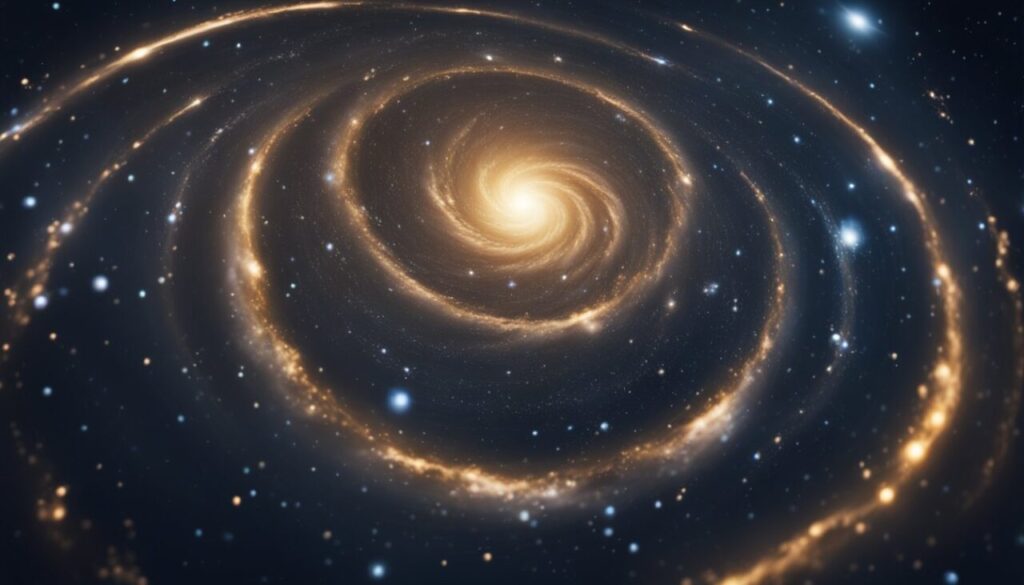
Dark matter is a mysterious substance that cannot be seen or detected directly, but its presence can be inferred from its gravitational effects on visible matter.
It is estimated to make up about 85% of the matter in the universe, while ordinary matter, which includes stars, planets, and gas, makes up only about 15%.
Despite its prevalence, the nature of dark matter remains one of the biggest unsolved mysteries in modern physics.
Evidence of Existence
The existence of dark matter was first mentioned in the 1930s by Swiss astronomer Fritz Zwicky, who observed that the gravitational forces in galaxy clusters were much greater than could be accounted for by the visible matter alone.
Since then, many lines of evidence have supported the existence of dark matter, including the rotation curves of galaxies, the cosmic microwave background radiation, and the large-scale structure of the universe.
Despite some good evidence for dark matter, its nature remains indescribable. There are many theories and models that attempt to explain dark matter, but none have been proven definitively.
One popular theory is that dark matter is made up of weakly interacting massive particles (WIMPs), which interact only through the weak nuclear force and gravity.
Other theories propose that dark matter is composed of exotic particles such as axions or sterile neutrinos.
However, those are all just theories. We don’t have anything tangible so the search continues.
What Is Dark Energy?
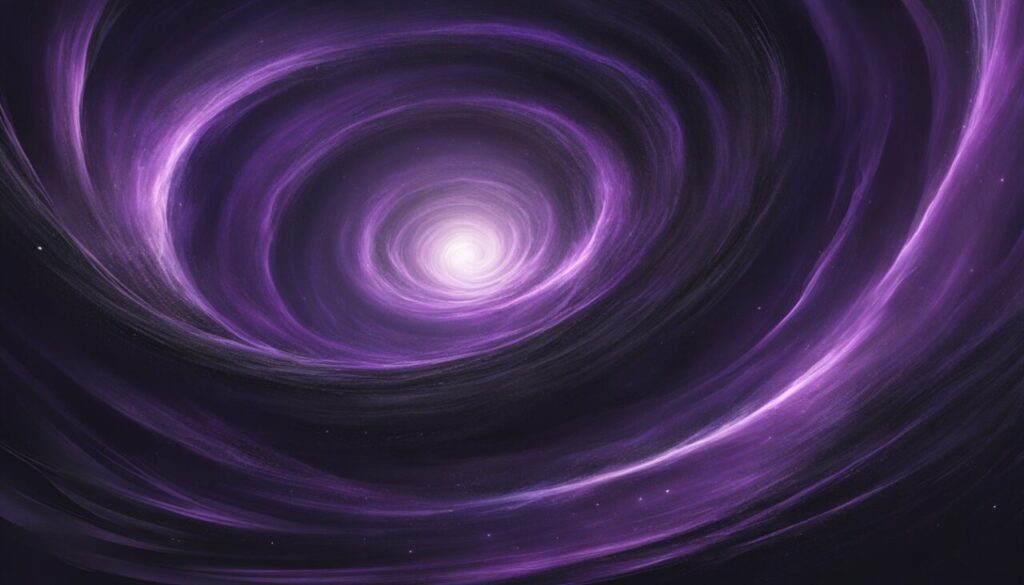
Dark energy is one of the biggest mysteries of the universe. It is a hypothetical form of energy that is believed to be responsible for the accelerating expansion of the universe.
And even though scientists have studied it for decades, we still can’t confirm many things about this weird force.
Accelerating Universe
Scientists have observed that the universe is expanding at an accelerating rate. This is a surprising discovery because it was previously thought that the expansion of the universe was slowing down.
The discovery of the accelerating expansion of the universe was made in the late 1990s and led to the hypothesis of dark energy.
Today, some scientists believe that dark energy could be related to the so-called cosmological constant.
They propose that dark energy could be a fundamental, ever-present energy in space known as vacuum energy. This energy could be equal to the cosmological constant and could be responsible for the accelerating expansion of the universe.
However, despite the many theories, the true nature of dark energy remains very much vague.
What Came Before the Big Bang?
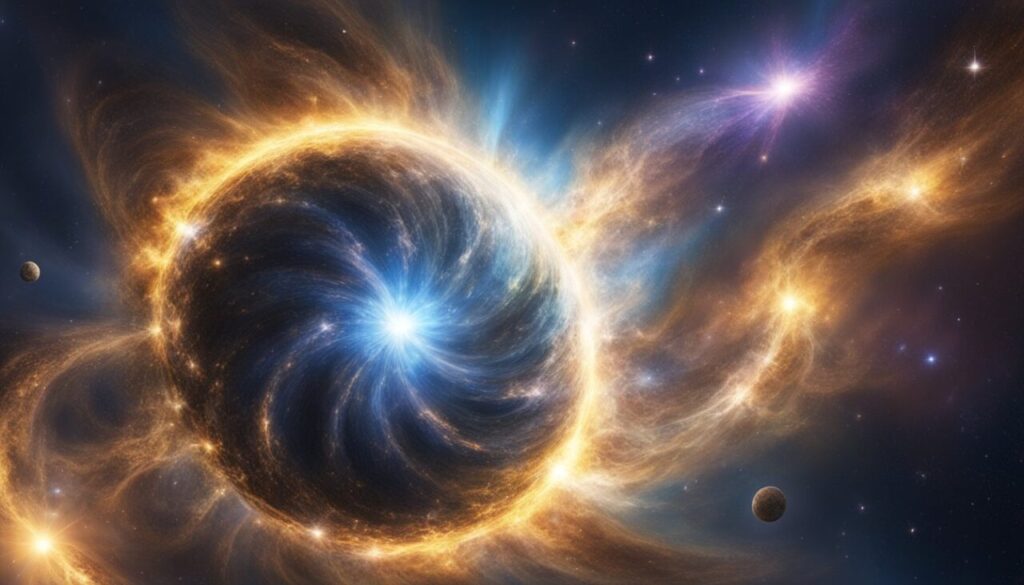
The Big Bang theory describes the beginning of the universe as a singularity, a point of infinite density and temperature. However, scientists are still confused by the question of what came before the Big Bang.
While there is no definitive answer, several theories have been proposed to explain what happened before the universe began.
Theories about What Came Before the Big Bang
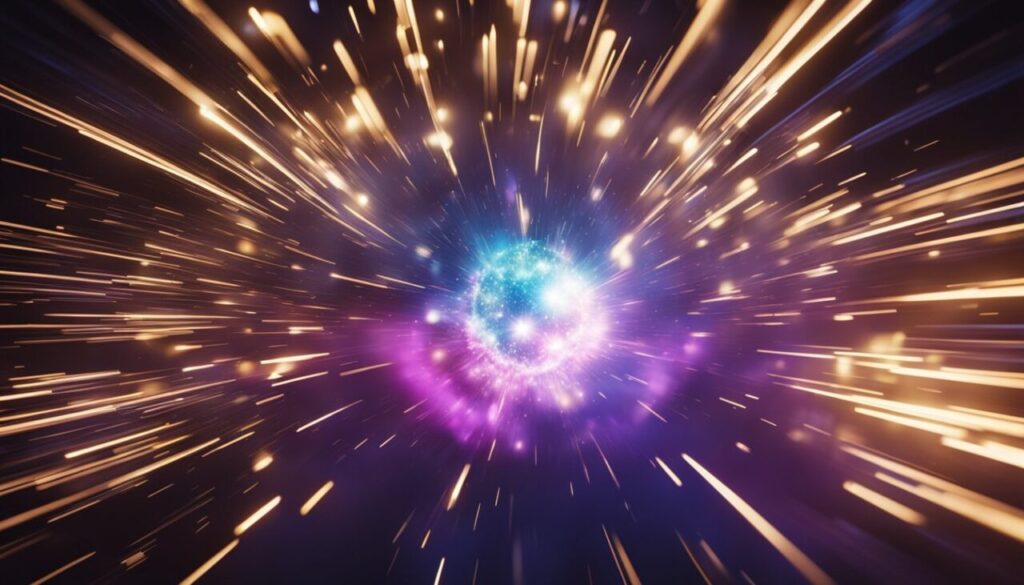
1. The Big Bounce Theory
According to the Big Bounce theory, the universe goes through an endless cycle of expansion and contraction. In this theory, the universe is constantly expanding until it reaches a point where it starts to contract. The contraction continues until the universe becomes so small that it collapses into a singularity. This singularity then explodes in another Big Bang, starting the cycle all over again.
2. The Cyclic Universe Theory
The cyclic universe theory proposes that the universe goes through an endless cycle of expansion and contraction, similar to the Big Bounce theory. However, in this theory, the universe does not collapse into a singularity but instead expands again after reaching a certain size. This theory suggests that the universe has existed forever and will continue to exist forever.
3. The Multiverse Theory
The multiverse theory proposes that our universe is just one of many universes that exist in a larger multiverse. In this theory, the Big Bang was not the beginning of everything, but rather the beginning of our universe.
4. The Ekpyrotic Universe Theory
The ekpyrotic universe theory proposes that our universe was created from the collision of two huge higher-dimensional membranes. In this theory, the Big Bang was not the beginning of everything, but rather the result of a collision between those two (mem)branes.
5. The Pre-Big Bang Theory
The pre-Big Bang theory proposes that the universe existed before the Big Bang but in a different form. In this theory, the universe was in a state of contraction before the Big Bang, and the Big Bang was not the beginning of everything but rather a transition from one phase of the universe to another.
While all these theories are rather charming, we simply have no idea what came before the Big Bang.
If even the Big Bang is the accurate theory.
But, that’s a topic for another article.
Are We Alone in the Universe?
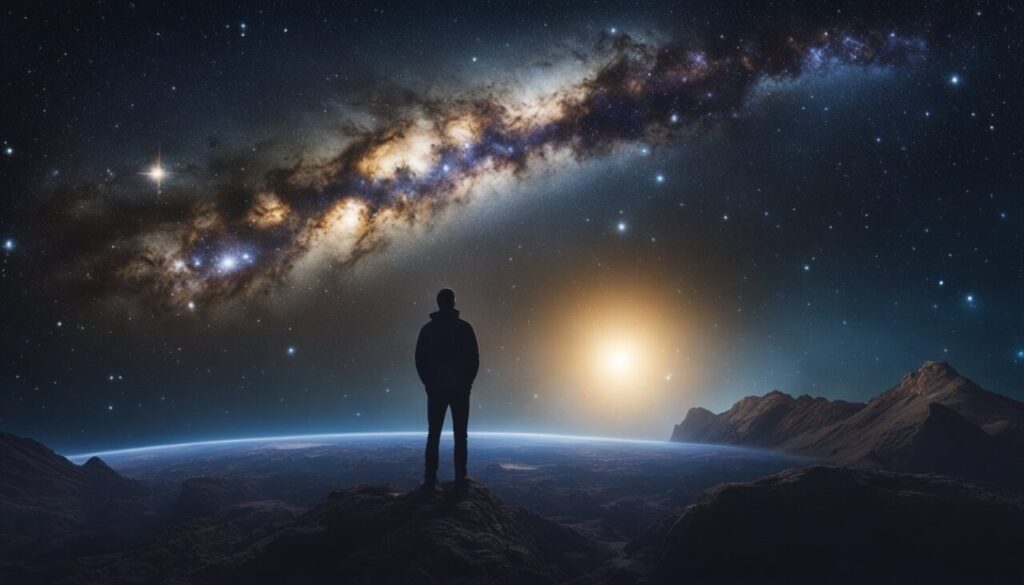
Search for Extraterrestrial Life
The possibility of life beyond Earth raises many questions about the nature of the universe and our place in it.
Scientists have been searching for signs of life beyond Earth in many ways, such as looking for biosignatures in the atmospheres of exoplanets, listening for radio signals from other civilizations, and exploring our own solar system for evidence of microbial life.
While there have been some interesting results, no definitive evidence of extraterrestrial life has been found yet.
Fermi Paradox
The Fermi Paradox is the apparent contradiction between the high probability of the existence of extraterrestrial civilizations and the lack of evidence for, or contact with such civilizations.
The paradox is named after physicist Enrico Fermi, who famously asked, “Where is everybody?”
There are many possible explanations for the Fermi Paradox, ranging from the possibility that we are simply not looking in the right places, to the idea that advanced civilizations inevitably self-destruct before they can make contact with other civilizations.
Another possibility is that extraterrestrial civilizations are deliberately avoiding contact with us for reasons unknown.
Nonetheless, with new technologies and techniques being developed all the time, it is possible that we may soon find evidence of life beyond Earth, or at least gain a better understanding of the likelihood of its existence.
Will this happen in the next 100, 1,000, or even 1,000,000 years we can’t know.
But we stay hopeful.
What’s Inside a Black Hole?
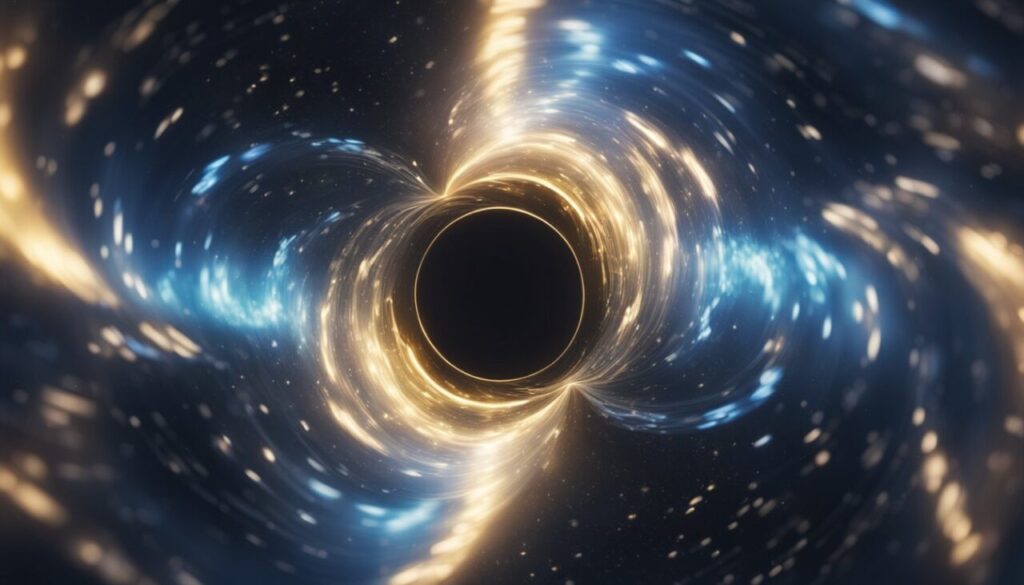
Black holes are certainly one of the most interesting objects in the universe. They are formed from the remnants of massive stars that have died and collapsed under the force of their own gravity.
A black hole is a region of space where the gravitational pull is so strong that nothing, not even light, can escape.
But what’s inside a black hole?
Well to answer this question we would need to somehow avoid Event Horizon and/or Singularity.
And by our current understanding, this is not possible.
Namely, the event horizon is the point of no return for anything that enters a black hole. It is the boundary around the black hole beyond which nothing can escape.
Once something crosses the event horizon, it is pulled inexorably towards the singularity at the center of the black hole.
Then we also have the singularity.
Singularity is the point at the center of a black hole where the gravitational pull becomes infinite and the laws of physics as we know them break down.
It is a point of zero volume and infinite density, where the laws of physics as we know them cease to apply.
And so, therefore scientists still don’t understand what happens inside a black hole, and many questions remain unanswered.
Some theories suggest that black holes may be doorways to other parts of the universe, while others suggest that they may be the key to understanding the nature of space and time itself.
However, until we can find a way to peer inside a black hole, the mysteries of these objects will remain unsolved.
How Will the Universe End?
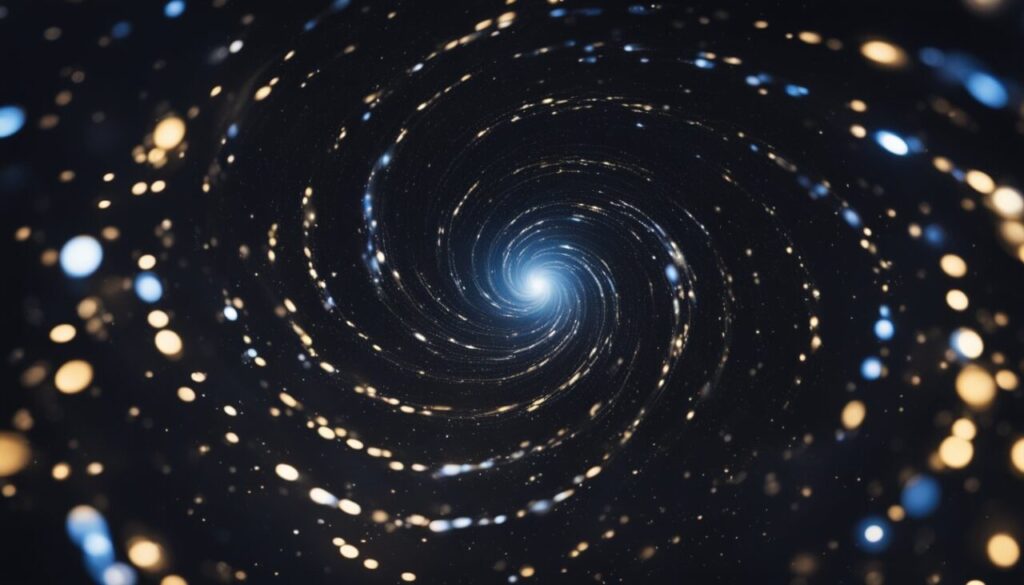
There are several theories about how the universe will end, but none of them can be proven with absolute certainty. Some of the most popular theories are discussed below.
Heat Death
One theory is that the universe will end in a state of maximum entropy, known as heat death. This means that all matter in the universe will eventually reach a state of equilibrium, where there is no more energy to be transferred.
This will result in a universe that is cold, dark, and lifeless. The estimated time for heat death to occur is around 10^100 years from now.
Big Crunch
Another theory is that the universe will eventually stop expanding and start contracting, leading to a “Big Crunch.” This would result in all matter in the universe collapsing into a single point, similar to the Big Bang that started the universe. The estimated time for the Big Crunch to occur is around 100 billion years from now.
While these are the most popular theories, there are several other possible outcomes for the universe, such as the Big Rip or the Vacuum Decay.
However, we simply don’t know. And most likely we will never know.
What Is the Shape of the Universe?
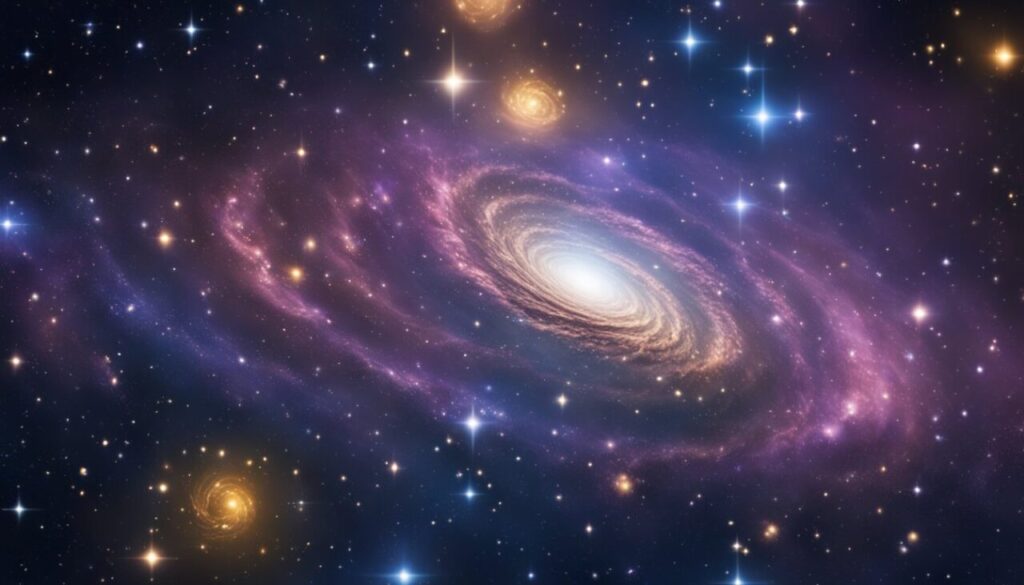
The shape of the universe is one of the most perplexing questions in astrophysics. Despite decades of research, scientists are still unable to answer this question with certainty.
However, they have developed several theories that provide some clues about the shape of the universe.
Geometry
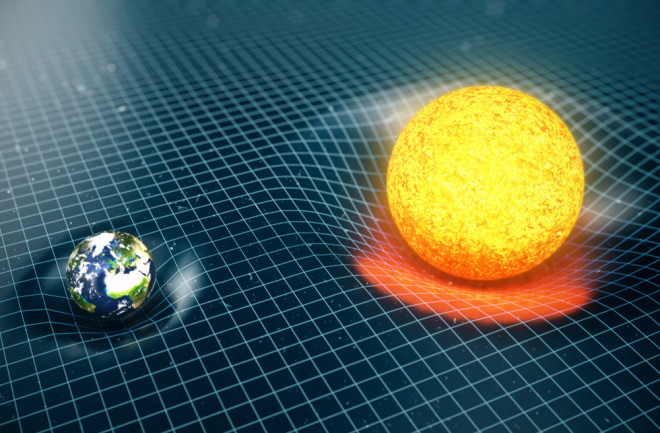
According to the theory of general relativity, space can curve, which means that the universe can take one of three shapes: flat, closed, or open.
A flat universe would be shaped like a sheet of paper, while a closed universe would be shaped like a sphere, and an open universe would be shaped like a saddle.
Several lines of evidence point to a flat universe.
For example, the cosmic microwave background radiation, which is the afterglow of the Big Bang, appears to be uniform in all directions, which suggests that the universe is flat.
Additionally, the rate of expansion of the universe also suggests that it is flat.
Topology
The topology of the universe refers to its overall structure and shape. The observable universe is a roughly spherical region that extends 46.5 billion light-years in all directions from a given observer.
However, the universe as a whole may have a different topology.
One theory suggests that the universe has a toroidal topology, which means that it is shaped like a doughnut.
Another theory suggests that the universe has a fractal structure, which means that it is self-similar at different scales.
However, those are all just theories. No one really knows shape of the universe.
Can We Achieve Interstellar Travel?
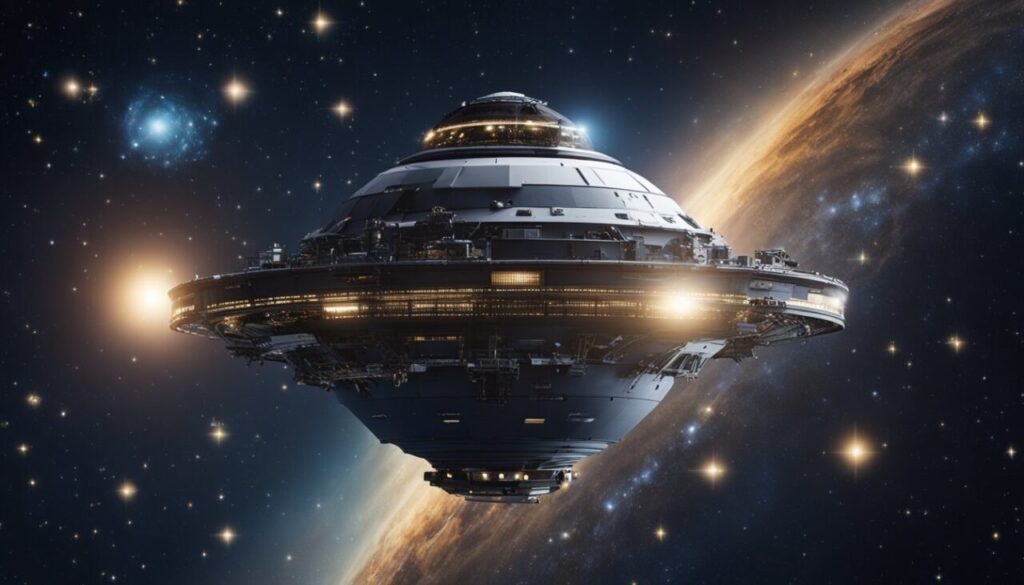
Interstellar travel is certainly a big dream of humanity, but for now, it remains mission impossible.
One of the main problems is the need for propulsion methods that can achieve the necessary speeds to travel such distances in a reasonable amount of time.
Currently, the most promising propulsion methods are nuclear fusion and antimatter engines.
However, both of these methods are still in the experimental stage and require significant technological advancements before they can be used for anything similar to interstellar travel.
Time Dilation
Another challenge of interstellar travel is the effect of time dilation.
As objects travel at high speeds, time slows down for them relative to stationary objects. This means that as a spacecraft approaches the speed of light, time will slow down for the astronauts on board.
This effect becomes more pronounced the closer the spacecraft gets to the speed of light. As a result, a journey that takes years for the astronauts on board may only take a few months or even weeks for observers on Earth.
This effect has significant implications for interstellar travel, as it means that the astronauts on board would experience time differently than those on Earth.
What Are Fast Radio Bursts?
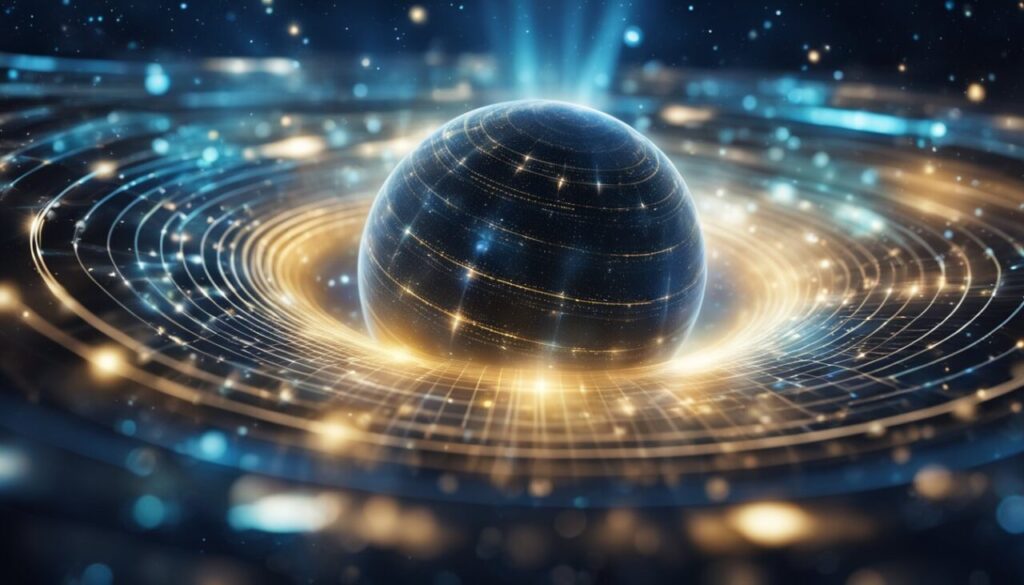
Fast Radio Bursts (FRBs) are intense bursts of radio waves that last for only a few milliseconds.
They were first discovered in 2007, and since then, astronomers have detected hundreds of them.
Despite the significant progress in studying FRBs, scientists are still trying to understand their origin and nature.
FRBs are incredibly powerful, emitting as much energy as the sun does in a few days. They are also extremely rare, with only a few bursts detected per day across the entire sky.
One theory about FRBs is that they originate from highly magnetic neutron stars called magnetars. When a magnetar’s magnetic field changes rapidly, it can produce a burst of radio waves.
However, not all FRBs can be explained by this theory, and other theories suggest that they may come from other sources, such as black holes or even extraterrestrial civilizations.
Is Time Travel Possible?
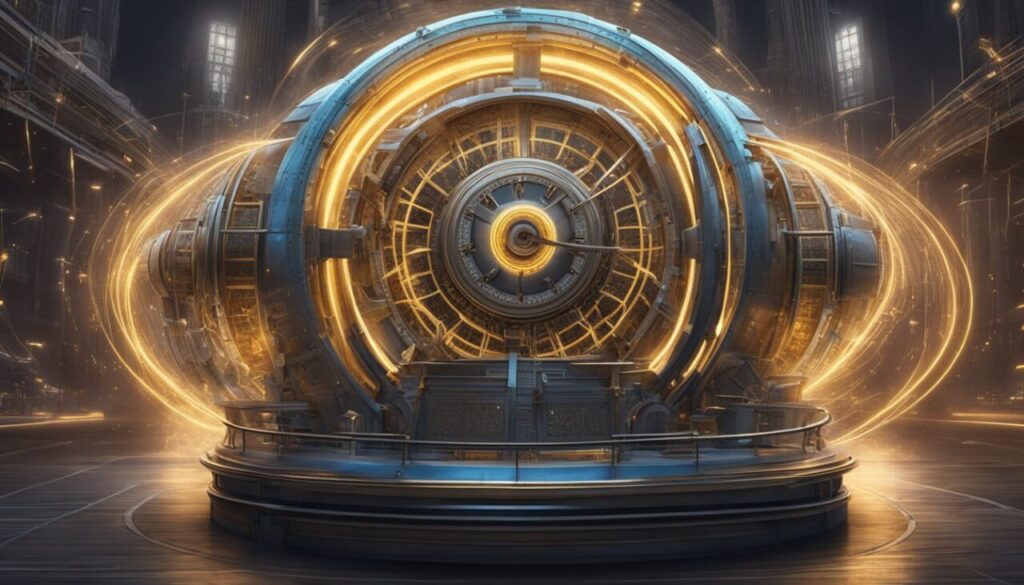
Relativity and Wormholes
One of the most popular concepts in science fiction is the idea of time travel.
And while it may seem like a crazy idea, there are some theories in physics that suggest it could be possible.
One of these theories is based on the principles of relativity.
According to the theory of relativity, time is not absolute, but instead is relative to the observer.
This means that time can appear to move slower or faster depending on the observer’s position and speed.
For example, time moves slower for objects that are moving at high speeds compared to objects that are stationary.
Scientists have also proposed the idea of using wormholes to travel through time. A wormhole is a hypothetical tunnel that connects two points in space-time. If a wormhole were to exist, it could be possible to use it to travel through time.
However, if time travel is possible and someone really does it then we would come into big problems called – causality paradoxes.
These paradoxes occur when an event in the past is changed in such a way that it creates a contradiction.
For example, imagine a person travels back in time and prevents their parents from meeting. This would mean that the person would never have been born, which creates a contradiction.
Interesting huh?




























